THAT, AROUND WHICH THE UNIVERSE REvOLVES: ON RHYTHMANALYSIS OF MEMORY, TIMES, BODIES IN SPACE
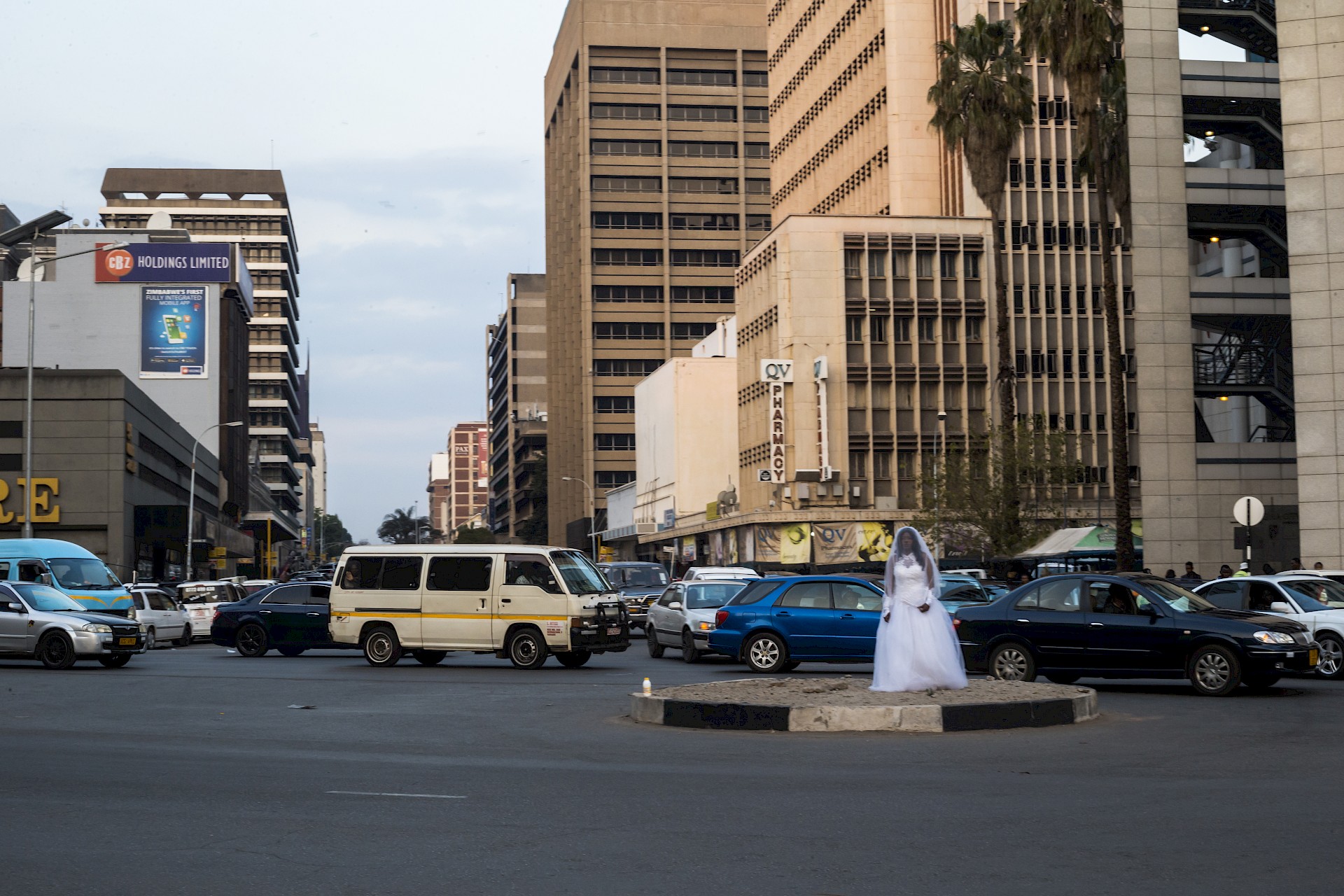
Kapitel 3 Harare
Programm 18.08.–24.08.2017
Bei Njelele Art Station 131 Kaguvi Street, Harare, Zimbabwe
Mit Gotta Depri, Monika Gintersdorfer, Hauke Heumann, Masimba Hwati, Knut Klaßen, Nancy Mteki, Kresiah Mukwazhi, Lucia Nhamo, Lloyd Nyikadzino, Tinofireyi Zhou
In Zusammenarbeit mit Gintersdorfer/Klaßen, Njelele Art Station, SAVVY Contemporary
KÜnstlerische Leitung Bonaventure Soh Bejeng Ndikung
Kuratorinnen Elena Agudio, Anna Jäger, Saskia Köbschall, Dana Whabira (in Harare)
Überall dort, wo es ein Wechselspiel zwischen einem Ort, einer Zeit und der Aufwendung von Energie gibt, ist Rhythmus.
Das Forschungs-, Performance- und Ausstellungsprojekt "That, Around Which the Universe Revolves" bringt bildende Künstler*innen, Stadtplaner*innen, Fotograf*innen, Performer*innen und Theoretiker*innen zusammen, um die Wechselbeziehungen von Raum und Zeit, Erinnerung, Architektur und Stadtplanung durch Henri Lefebvres Idee der Rhythmusanalyse zu betrachten.
Die Städte Lagos, Düsseldorf, Harare, Hamburg und Berlin werden als Netzwerk betrachtet, ihre spezifischen Epistemologien und Historien erkundet. So werden die Städte zu Laboren, in denen die zeitlichen und räumlichen Dimensionen des täglichen Lebens im urbanen Raum analysiert werden, betrachtet durch die Wechselwirkungen von Körper, Rhythmus und urbaner Struktur.
Das dritte Kapitel des Projekts lädt Künstler*innen ein, Harares historische und neuen Rhythmen der Schlaflosigkeit, des Wachens und Träumens zu untersuchen. Ihre Fundstücke der Verflechtungen von Vergangenheit, Hyper-Gegenwart und (Un)Möglichkeiten der Zukunft werden in der Njele Art Station in einem zweitägigen Performance-, und Installationsprogramm gezeigt.





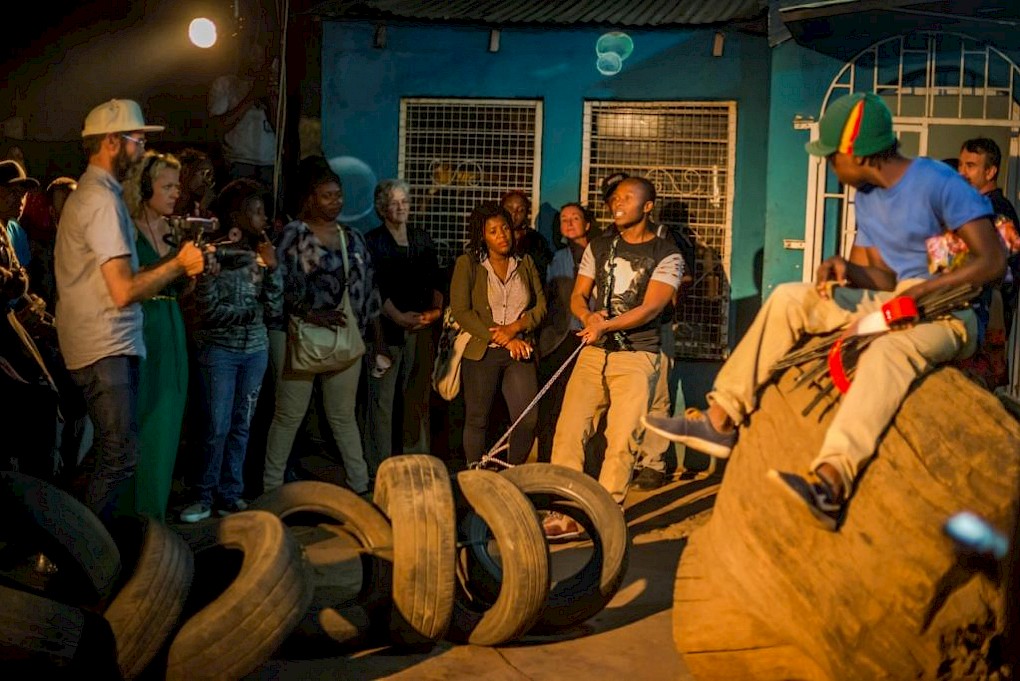
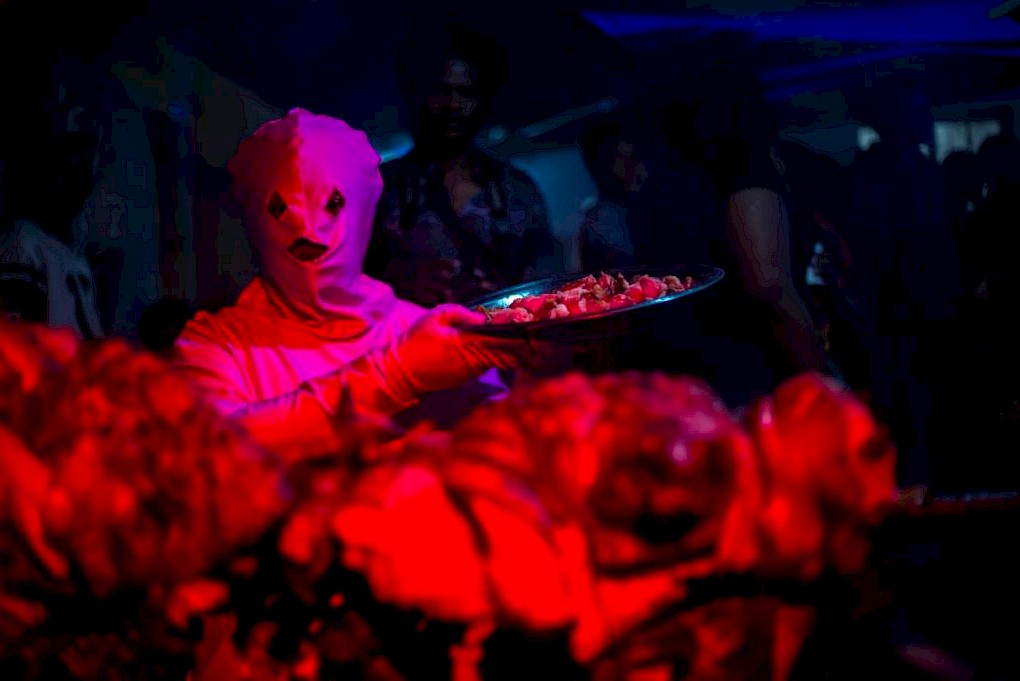
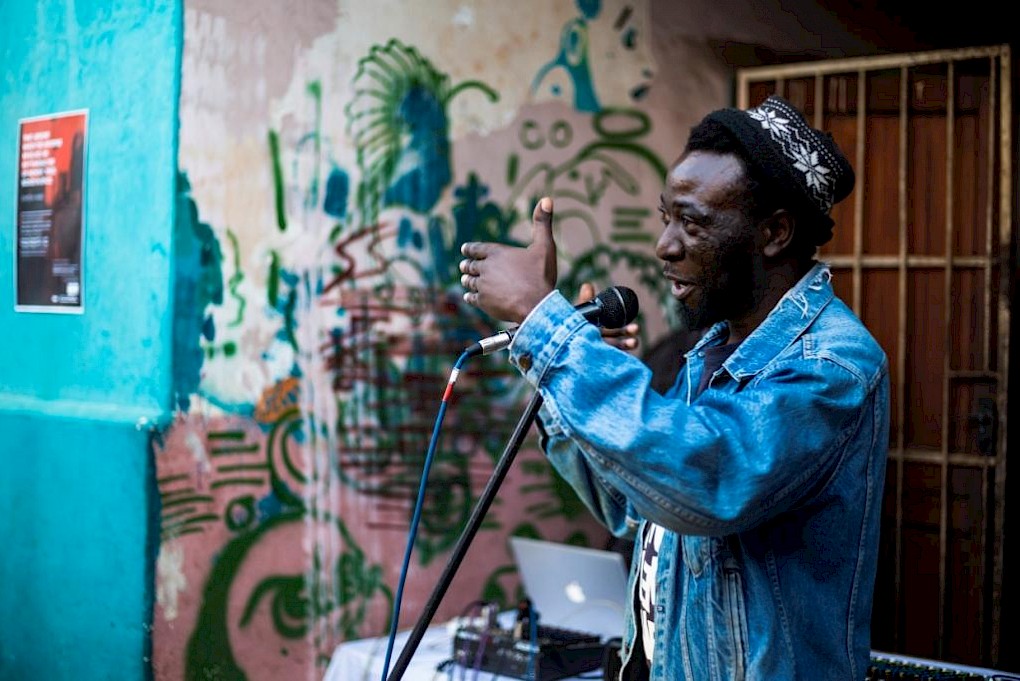
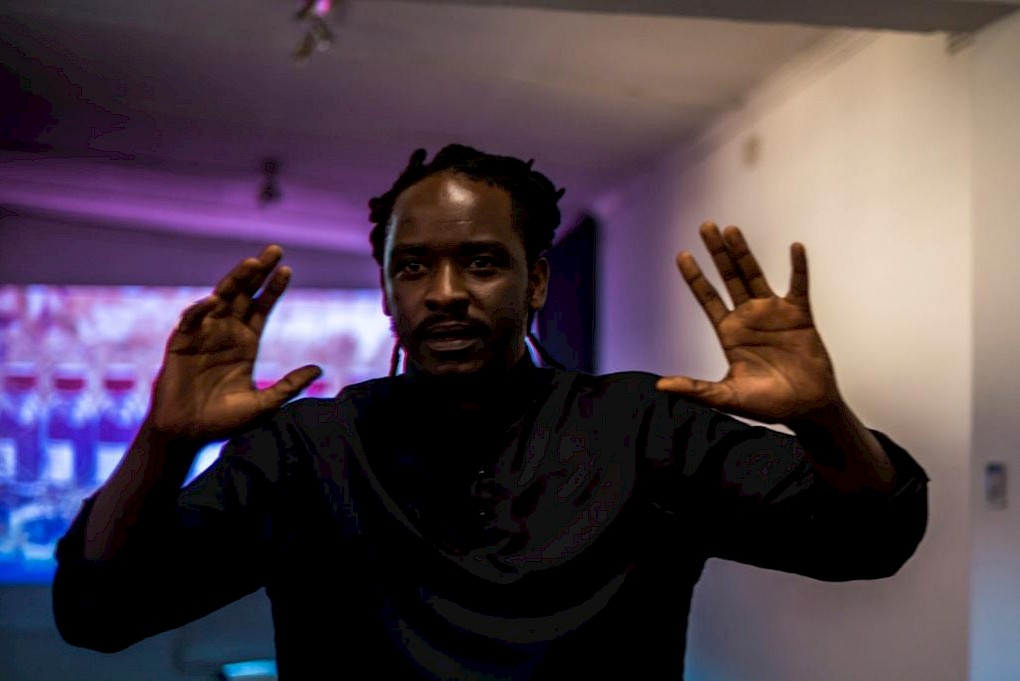

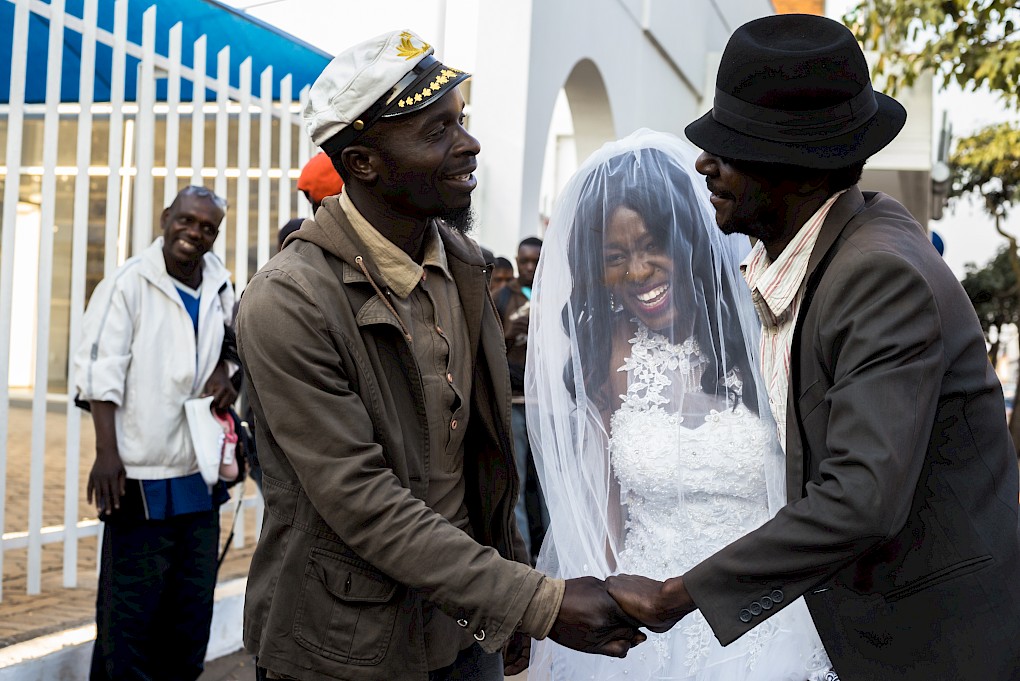


HaararE
by Tinofireyi Zhou
Harare, Zimbabwe’s capital, derives its name from “Chief Haarare,” the Shona word directly translates to “The one who never sleeps.” Haarare was said to be a man of “stealth offensive” who could never be caught off-guard. Always able to overcome his enemies, he was thus referred to as the one who never sleeps. One might question whether his apparent ‘refusal’ of sleep was in fact an inability to sleep that became Chief Haarare’s greatest strength. Whether lack or inability to sleep, it essentially means Chief Harare could not and did not dream. One then imagines what endless nights must have haunted this Chief.
If anything, it can be agreed/argued that Harare embodies within its (restless) spirit, a multiplicity of personas, various mythologies and dream states. It is a city that, at its core, does not sleep, the accumulation of countless sleep deprived nights gradually taking its toll on its once mythical, sterling frame. If Harare does sleep at all, it is only for brief moments – and only at the periphery of its self. Once known as the sunshine city, the city shrugged off this old moniker, abandoning it to fit what might be called Harare’s current persona. In Harare’s bustling night trade, from fruit and vegetables to new and second hand clothes, everything has become readily available on the informal, makeshift market stalls of the city center’s side streets. If the city is vibrant and upbeat during the day, it becomes even more so by night. Harare constantly questions, and upsets its circadian rhythm, overturning scientific research and municipal law in its wake.
Harare city continues to exercise its “stealth offensive” to this day, it is loath to sleep, evident in the intense buzz of its centre. Nevertheless, the city is still somewhat able to dream vividly. The city’s dreaming is not only apparent in its creative heritage, but in its animated vernacular which is constantly modified and transformed and in its (innovative) informal trade, among many other things.
The dynamic is apparent upon closer scrutiny–a modern post-colonial city germinates over and around (its) colonial history, threatening to swallow it whole. Over historical sites and protected buildings, newer layers constantly sprout, names of black Pan-African heroes superimposed onto old streets lead and direct younger masses of citizens around the Nation’s capital. An informal public transportation system seems to set the pace as it races through the city, drivers rush to pick up the next group of passengers, their sole aim is to maximise the time spent on the city’s roads. If Harare was a clock work, the transport system would be its biggest cog. Other cogs, also responsible for the turning of the clock, are so called ‘‘women of the night’’ whom one finds standing in small groups around the avenues, cat-calling the odd passer-by. Gatherings of Christian folk who stand along 1st street, listening intently to preachers’ sermons, shutting their eyes as if to shoo the midday sun, and bring back night. In the city’s Northern suburbs where time seems to stand still, one can even hear their own heart, beating as it goes, attuned to a rhythm that has transcended time itself. Countless mechanics hover around broken down vehicles and stand beside tyres stacked against walls along Kaguvi street (formally Pioneer street). Their 24-hour availability, convenient to the city’s inhabitants, takes its toll on them–their weary bodies are kept awake by timely swigs of cheap whiskey from pocket size plastic containers. The kopje not too far from there, looks down on the scene, its quiet sturdy profile surveys the capital as it is today. One can imagine the spirit of chief Neharawa, for whom this vast city was named, standing on the kopje as he looks out towards the vast panoramic view set before him, silent.
FÖRDERUNG Das Projekt wird gefördert im Fonds TURN der Kulturstiftung des Bundes.

